White Water rafting in Jinja with Amakula African Safaris: You will have a great experience during white water rafting in Uganda along the Nile and through Jinja. Jinja was a little fishing village on the banks of the Nile before John Hanning Speak discovered the source of the river Nile and the arrival of the British colonists. The fishing settlement transformed into a sizable commerce hub when Uganda was made a colony of Britain, and the Nile River served as a crucial crossing point to the country’s eastern region all the way to Kenya. As more and more Europeans, Indians, and Ugandans moved there, the town kept expanding.
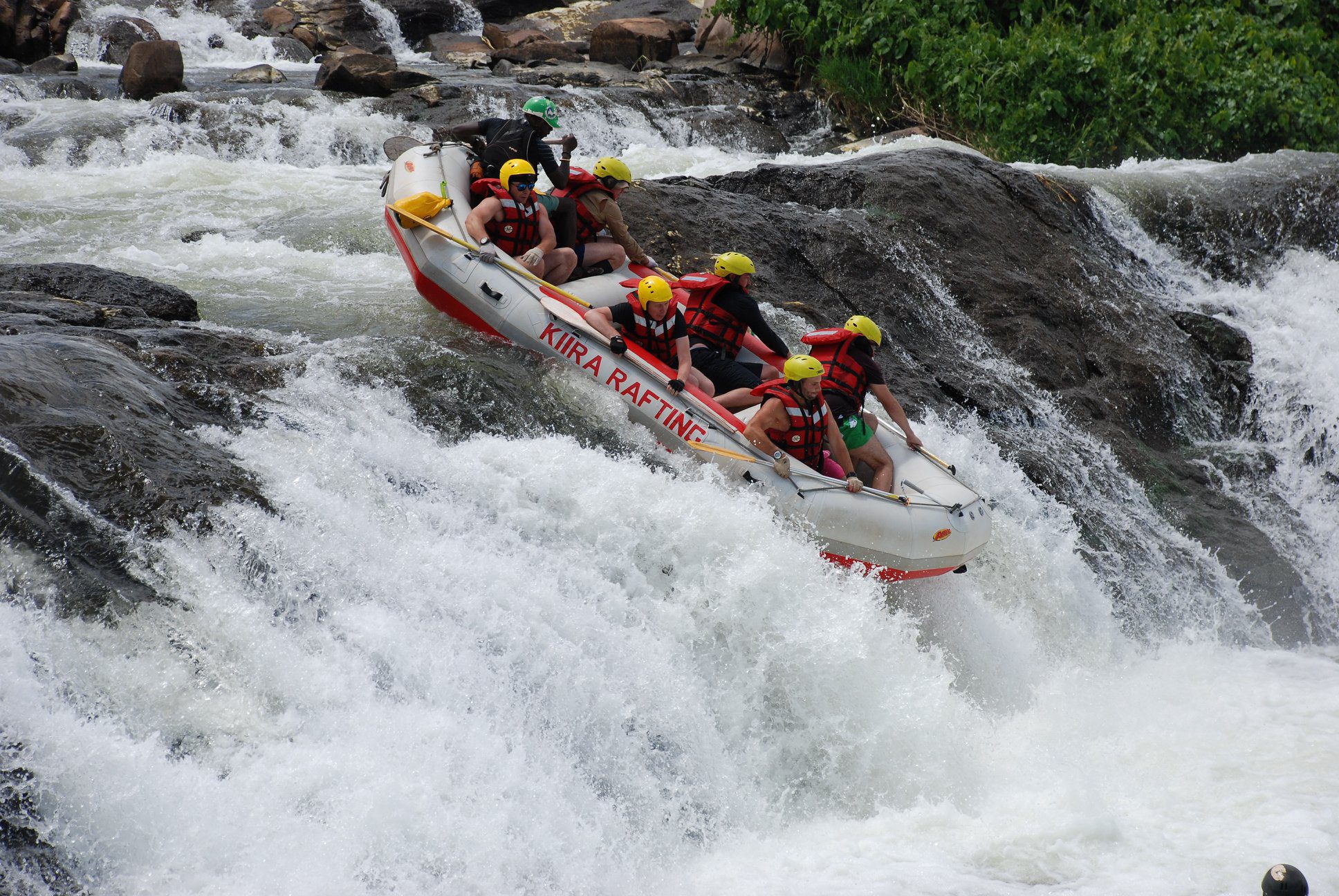 Jinja soon became the most industrialized town in Uganda after the introduction of the railway and hydroelectric power. However, Jinja began to lose its status as the center of Uganda’s industry during the chaotic Idi Amin period, which lasted from 1972 to 1979. When Idi Amin forced all Asians out of Uganda, depriving the industries of the necessary expertise, the downward trend persisted.
Jinja soon became the most industrialized town in Uganda after the introduction of the railway and hydroelectric power. However, Jinja began to lose its status as the center of Uganda’s industry during the chaotic Idi Amin period, which lasted from 1972 to 1979. When Idi Amin forced all Asians out of Uganda, depriving the industries of the necessary expertise, the downward trend persisted.
Even with the return of the Asians, Jinja has never regained its standing. Now, Kampala has surpassed it as Uganda’s industrial hub. But all was not lost, as tourism has flourished despite the loss of its industrial status. It’s wonderful to see the splendor of Africa in Jinja and throughout Uganda. Apart from the town’s tranquility, the Nile River and Lake Victoria draw visitors to Jinja. Following a trip to one of Uganda’s national parks, the tranquil town is the ideal place to unwind and recover.
Bungee jumping, quad biking, horseback riding, and whitewater rafting, the topic of this article, are just a few of the most heart-pounding activities available on Earth, and they can all be found along the Nile River.
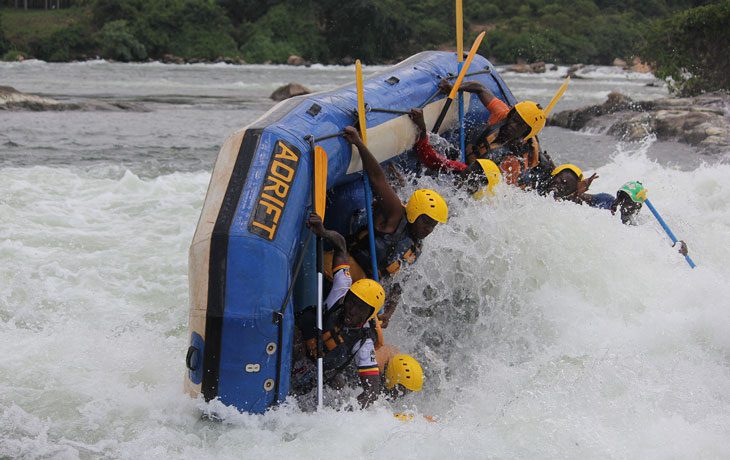 Whitewater rafting is a fantastic sport that shows participants how to maintain composure under duress. The chance to go whitewater rafting on the world’s longest river is incredible. It is among the top activities in Uganda. Water has been available from the Nile for many civilizations. When you go whitewater rafting in Jinja, you pass through wild, tumultuous rapids in the middle of the Nile. The best whitewater rafting opportunities in Africa may be found on the grade 4 and grade 5 Nile rapids in Jinja.
Whitewater rafting is a fantastic sport that shows participants how to maintain composure under duress. The chance to go whitewater rafting on the world’s longest river is incredible. It is among the top activities in Uganda. Water has been available from the Nile for many civilizations. When you go whitewater rafting in Jinja, you pass through wild, tumultuous rapids in the middle of the Nile. The best whitewater rafting opportunities in Africa may be found on the grade 4 and grade 5 Nile rapids in Jinja.
Compared to those on the Zambezi River, the rapids run with more force and volume. Whitewater rafting is still possible despite the recent construction of the Bujagali and Isimba dams, which destroyed some Grade 5 rapids like Namizi, The Bad Place, and Kyabirwa. Rafting businesses have had to adapt and move their starting point and overall route farther downstream while still providing the same thrill from the adrenaline and breathtaking landscape that they used to.
What to expect during whitewater rafting in Jinja
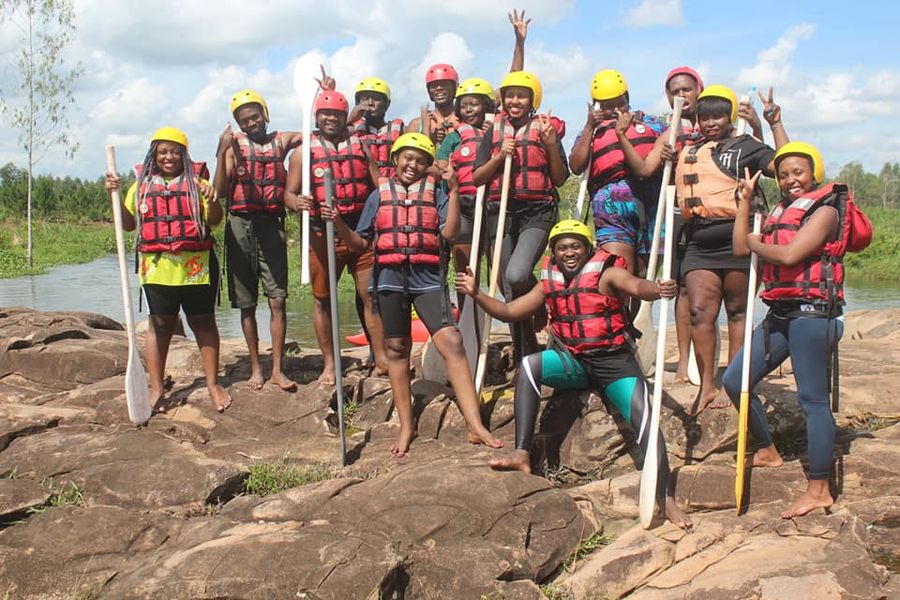 Breakfast is served first thing in the morning before being transported to the river’s banks for the day of whitewater rafting. It is a must for all participants to leave their valuables and dry clothing in the staff’s car. The teams receive safety and expectations orientation. Guides who are very skilled and educated about the area and rapids oversee the orientation.
Breakfast is served first thing in the morning before being transported to the river’s banks for the day of whitewater rafting. It is a must for all participants to leave their valuables and dry clothing in the staff’s car. The teams receive safety and expectations orientation. Guides who are very skilled and educated about the area and rapids oversee the orientation.
To guarantee that all rafters have the most enjoyable experience possible, they carefully consider every area of safety. Other subjects discussed include how to safely grab the rope, how to paddle, and how to exit the raft safely. If participants tumble over while holding their breath, it is essential that they stay as cool as possible. Always include extra undies and dry clothing. You’ll be getting in and out of the water multiple times, so wear clothes that dry quickly.
Individuals are given the option to select an easy or difficult route before the activity starts. Grade 3 rafting is an option for those who aren’t ready for Levels 4 and 5. Families can choose to take the slower family float excursion, which is intended to let them enjoy the river without experiencing the main rapids. Each participant must sign a document outlining any medical conditions. If you have high blood pressure or anemia, you cannot go rafting. The activity can start after the orientation is over and the helmets and rain coats are fixed. Before the downstream rapids become more powerful and dramatic, the first mile or so provides the guides more time to thoroughly instruct all participants.
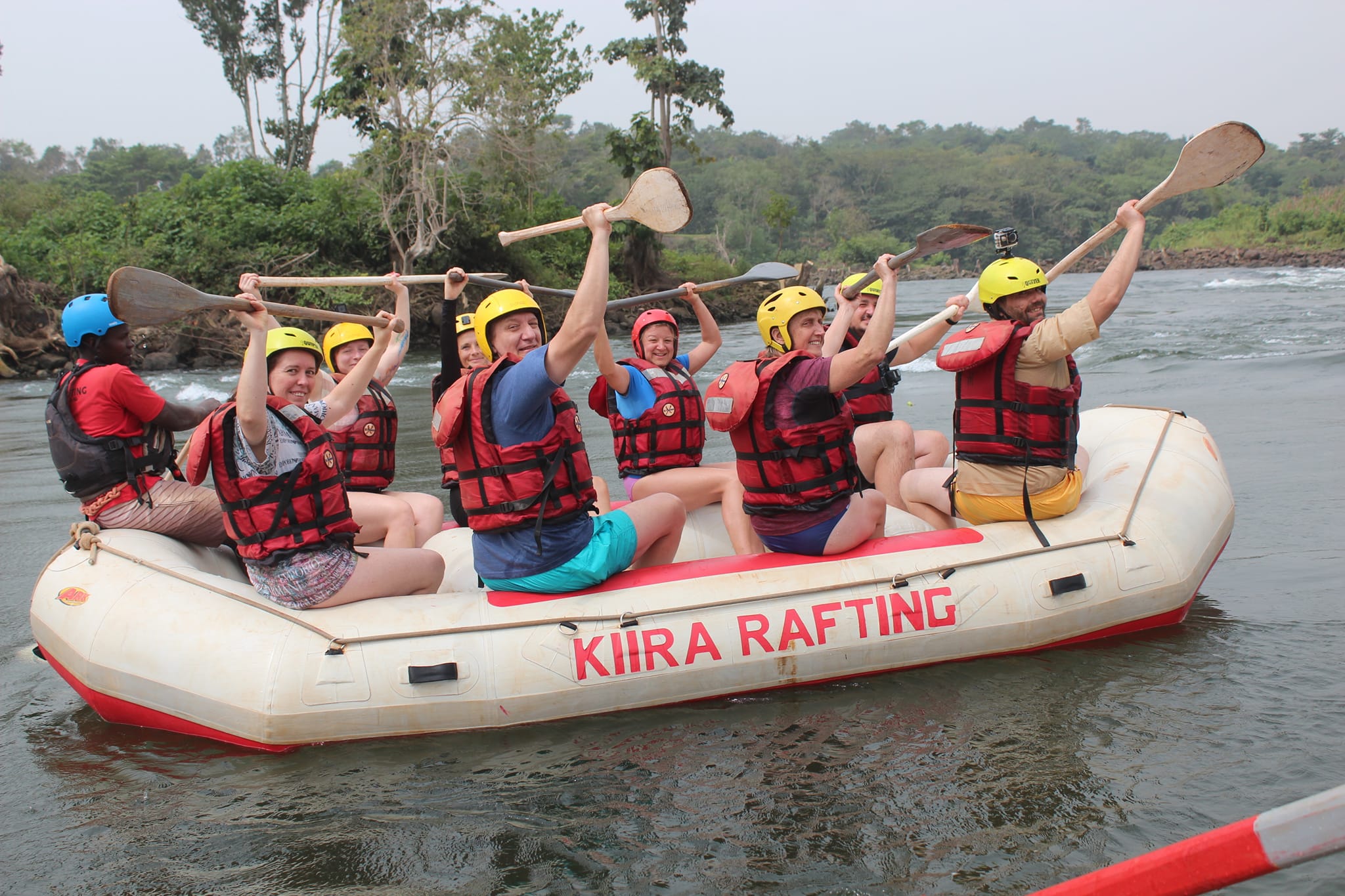 Every time you get to a rapid, the guides set up a poll to choose whether you should take the middle or the edges. There is nothing you can do but get ready for the challenge if the majority choose to go the difficult route. The most powerful currents are taken by the skilled rafters so they can topple over.
Every time you get to a rapid, the guides set up a poll to choose whether you should take the middle or the edges. There is nothing you can do but get ready for the challenge if the majority choose to go the difficult route. The most powerful currents are taken by the skilled rafters so they can topple over.
If the team leader is in charge of a group of inexperienced participants, they should approach each rapid at its easiest or weakest point to prevent accidents. The novice group exits their rafts and walks around any huge rapids they may come across. Each rapid presents a new challenge, and how it is navigated entirely relies on the lead guide.
There are nine major rapids on the main route, four of which are grade 5. The rapids intensify and speed up as you move downstream. Between the rapids, there are calm waterways and islands where visitors may unwind, go swimming, eat lunch, or simply take in the breathtaking view. Whitewater rafting can take you up to 26 kilometers in a single day.
Expect to see residents fishing and hanging out by the river to dry their clothes. With more than 100 species, the river in Jinja is a birder’s delight. Vervet monkeys may even be seen dangling from trees along the riverbank by keen viewers. The participants are provided with complimentary beverages and transportation back to the resort at a small party that is held after the exercise.
Is white water rafting safe in Jinja Uganda?
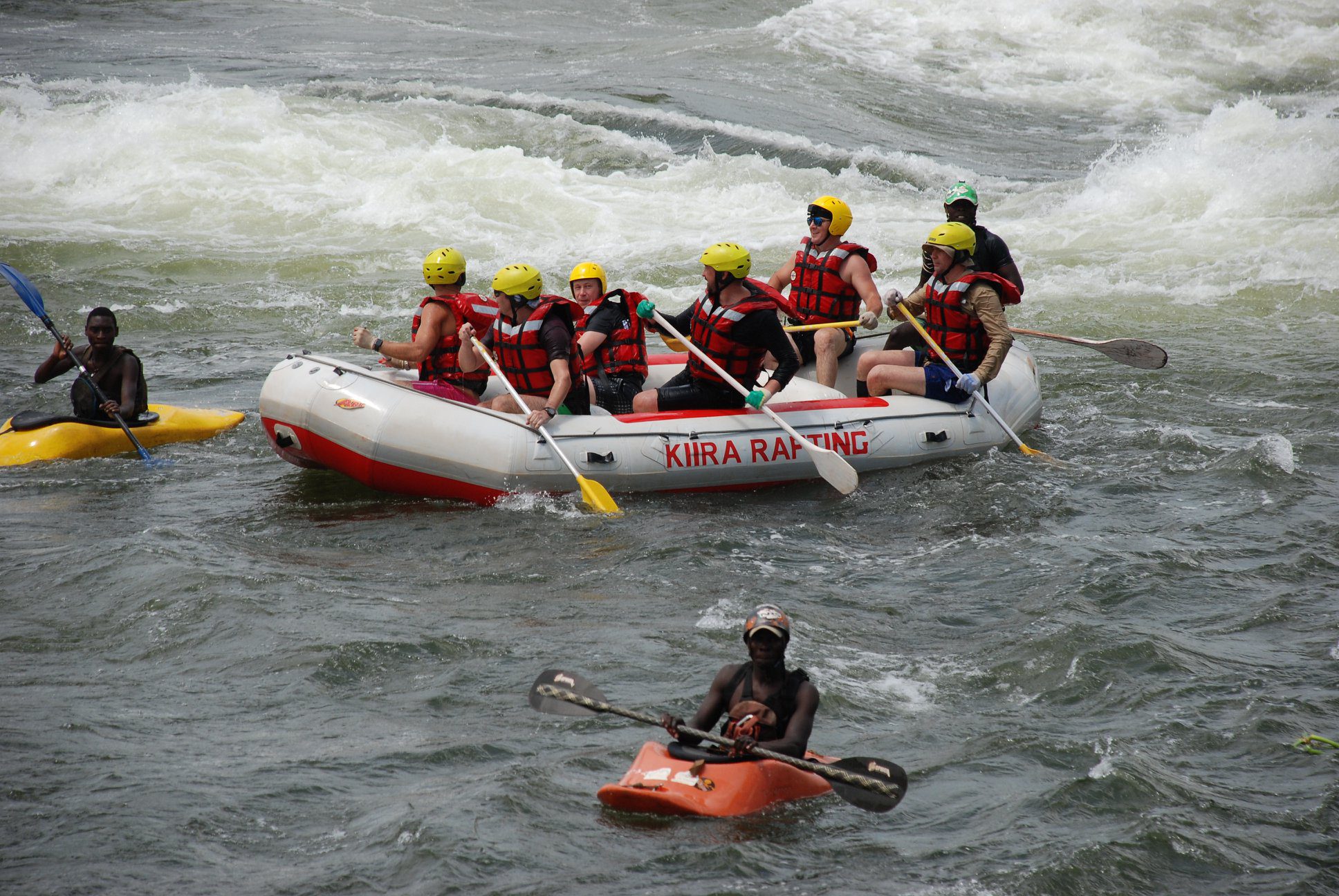 White water rafting is completely risk-free because the crew is well-trained and skilled at negotiating the rapids. To ensure your safety and happiness, it is crucial that you adhere to the directions in the manuals. Participants are provided with sturdy helmets and life jackets to protect them in case they trip. Speaking of falling over, one must cling on to the raft’s ropes or lift their knees to their chest whenever they do so.
White water rafting is completely risk-free because the crew is well-trained and skilled at negotiating the rapids. To ensure your safety and happiness, it is crucial that you adhere to the directions in the manuals. Participants are provided with sturdy helmets and life jackets to protect them in case they trip. Speaking of falling over, one must cling on to the raft’s ropes or lift their knees to their chest whenever they do so.
There is little risk of falling over rocks in the deep waters of the Nile. Rafting is riskier in many countries because, despite lower waves, you risk hitting a rock if you fall. Because there is less danger from the rocks, the guides in Jinja are more ready to allow the rafts to flip over multiple times.
Additionally, a number of rescue teams proceed in front of the group in kayaks with the objective of rescuing any trapped rafters. Snacks and fresh fruit that are eaten during the main break must also be transported by the rescue team. As an alternative to the rescue kayaks, there are also safety boats that pick up those who no longer want to participate.
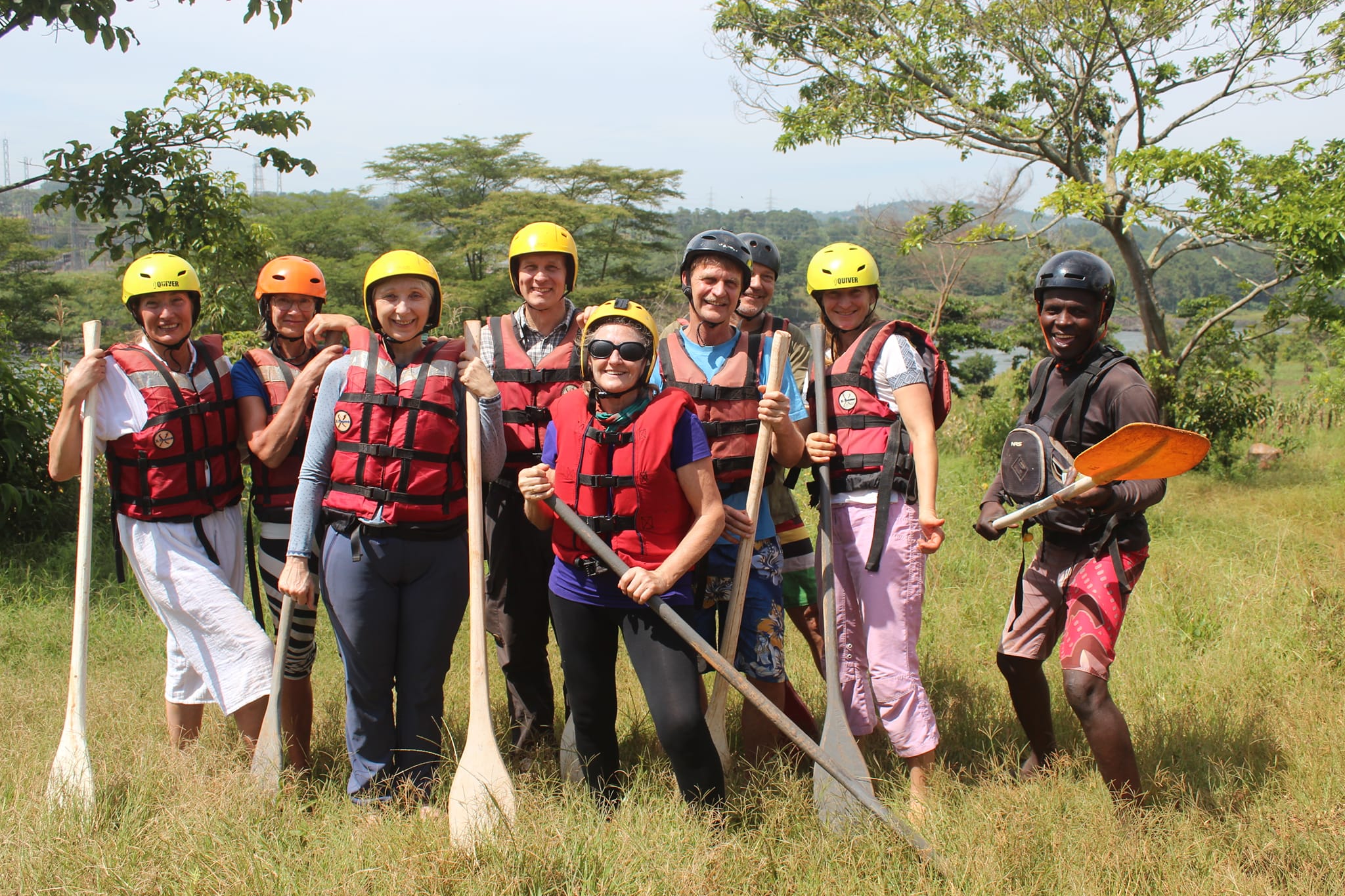 The biggest and toughest rapids are not traveled by the rafts for families with young children and teenagers. They take a different route to explore the woodlands and other river channels, going past lesser rapids and beautiful islands.
The biggest and toughest rapids are not traveled by the rafts for families with young children and teenagers. They take a different route to explore the woodlands and other river channels, going past lesser rapids and beautiful islands.
Important information about white water rafting in Jinja
About four businesses, including Nalubale Rafting, Nile River Explorers, and Adrift, provide whitewater rafting services in Jinja. The activity can be scheduled directly with the companies or with a reputable trip operator.
Depending on whether the activity lasts a full or half day, the price of white water rafting ranges from $145 to $255. 1 Week Jinja The most expensive type of rafting, whitewater rafting, typically begins with a tour of Jinja and the Nile’s source. Photos are not a concern for you. The security Equipment and a photographer are carried by kayakers and rafters to capture the moments. At the finish line, the pictures can be purchased on a CD for roughly $70 per raft.
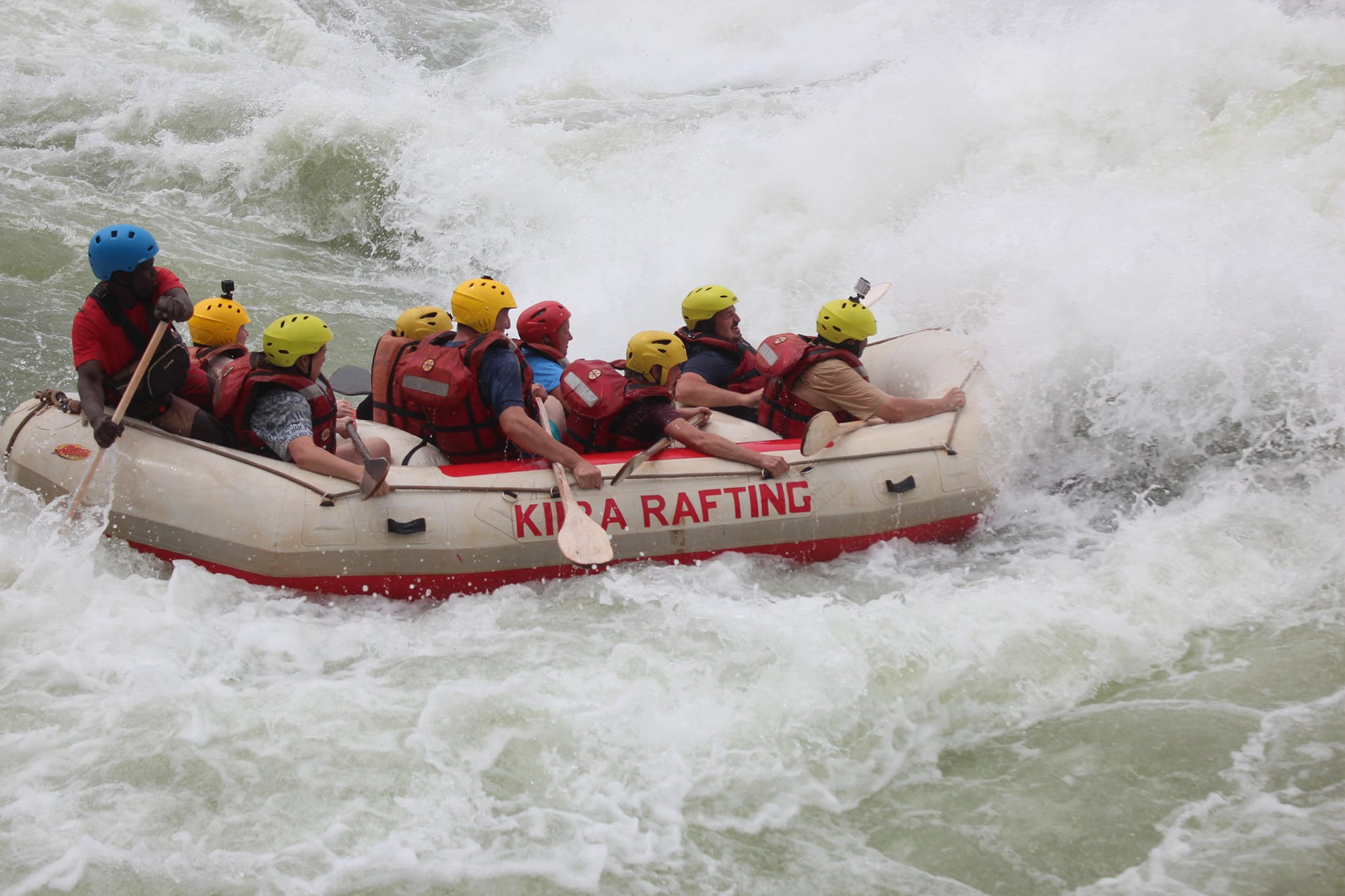 The dry months of January to February or June to September are ideal for whitewater rafting in Jinja. When the weather is dry, the skies are clear and the sun is shining brightly. Applying sunscreen is essential if you want to prevent having red skin.
The dry months of January to February or June to September are ideal for whitewater rafting in Jinja. When the weather is dry, the skies are clear and the sun is shining brightly. Applying sunscreen is essential if you want to prevent having red skin.
You need extra clothes for use after rafting and money for extra expenses.
Travelers have the option of doing jet boating rather of the more traditional whitewater rafting. In Jinja, this entails using a speed boat to navigate the Nile’s rapids. Helmets and life jackets are provided for each participant. The Jet boats are made in New Zealand by a highly skilled workforce. Adults must pay $75 to use a jet boat, while children under 12 must pay $50.
While visiting Jinja and the Nile River, you should also think about going Nile tubing. Through the use of an inflated tube, one can drift along the Nile while seeing wildlife, taking in the surrounding beauty, and sunbathing. On calm or level rivers or close to the rapids, the activity might be planned.
Whitewater rafting can be paired with other exciting pursuits like viewing the gorillas in Bwindi, touring the Queen Elizabeth or Murchison Falls National Parks, or going on a safari.
What to carry for water rafting
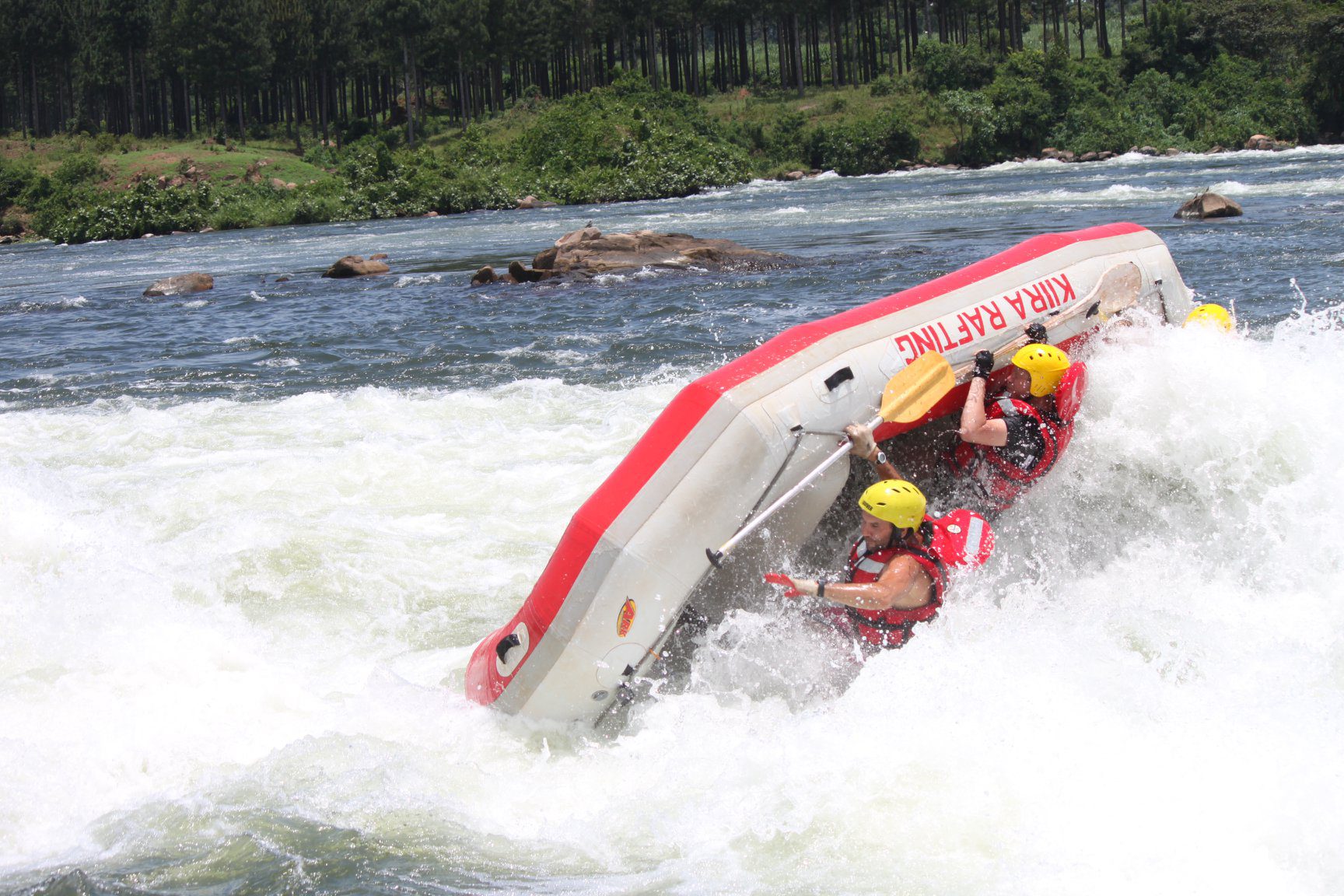 For safety reasons, do not enter the water without the helmet; all the rafters are given helmets and life jackets before embarking on white water rafting. The life jacket is the only savior you have if at all you fall off the boat; it will bring you back up and helps you to swim to safety.
For safety reasons, do not enter the water without the helmet; all the rafters are given helmets and life jackets before embarking on white water rafting. The life jacket is the only savior you have if at all you fall off the boat; it will bring you back up and helps you to swim to safety.
Also, remember to carry sun cream to help you from the scorching of the sun. You can also carry a few medical assistance items, just in case. Also, carry some swim gaggles to help you prevent the water from entering your eyes. Also, wear very tight clothes to feel light.
White Water Rafting
In the first grades of 1 and two, you can also call them the warm upgrades because the water is moving but at a moderate rate. The first grades of 1 and two are meant to help you get confidence and get used to the running water sailing. The first grades help to make you confident before the fastest River rapids on the Victoria Nile.
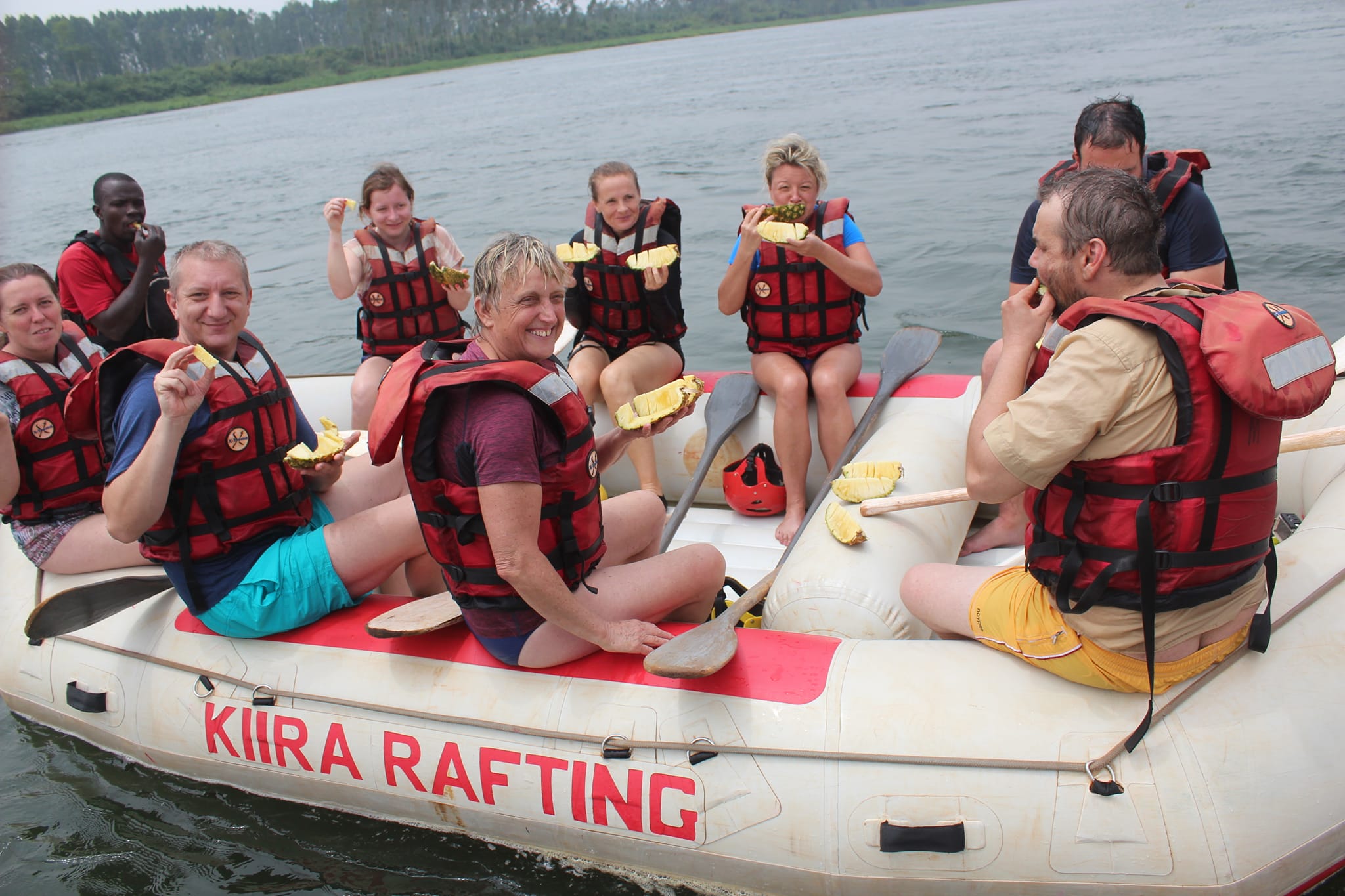
In a synopsis, water rafting will give you a chance to get close to the boat beautiful sceneries long the Nile. The beautiful scenery along the 30 km stretch of the white waters of the Nile offers the most magnificent visitors to Lake Victoria. The different grades of rafting, offer you a different experience. The thrilling experience of white water rafting along the Nile will raise your adrenaline and make you scream with excitement all through the grades.

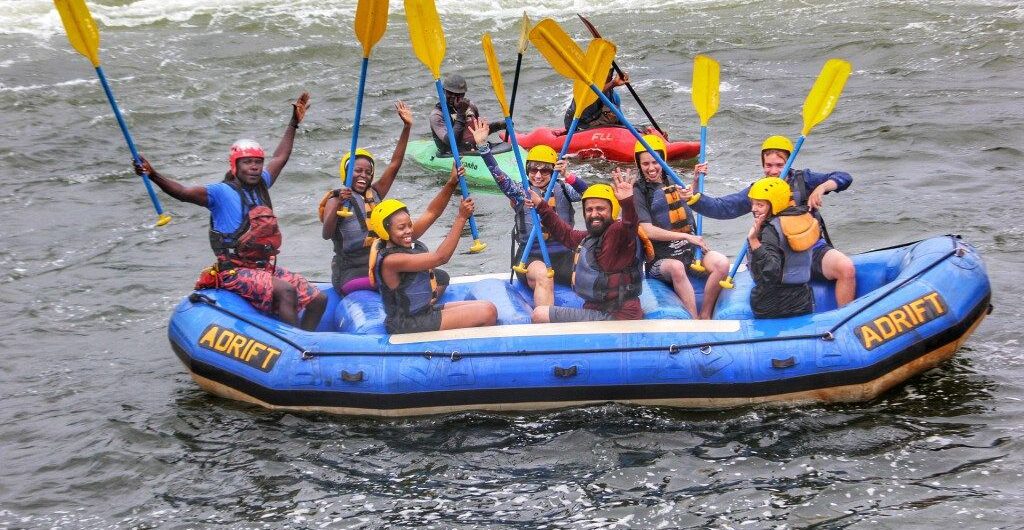
Comments